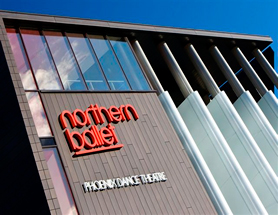 Audiences can have the unique chance to go behind the scenes at two large UK dance companies on 15 February in an event called Open House. Northern Ballet and Phoenix Dance Theatre are opening their doors to the public for people to take a look at what life is like behind-the-scenes in their multi-award winning building. Open House 2014 is a day of free events, which will run at the companies’ home in Leeds.
Audiences can have the unique chance to go behind the scenes at two large UK dance companies on 15 February in an event called Open House. Northern Ballet and Phoenix Dance Theatre are opening their doors to the public for people to take a look at what life is like behind-the-scenes in their multi-award winning building. Open House 2014 is a day of free events, which will run at the companies’ home in Leeds.
There will be plenty of activities for all the family to find out more about the professional dance companies. Visitors can sample an array of Northern Ballet and Phoenix Dance Theatre’s dancing treats such as open rehearsals and company class, an insight into the creativity of the wardrobe department as well as craft activities, storytelling and face painting for younger dance fans. There is fun for everyone at Open House, from enthusiasts to novices. There are even taster classes on offer for the very young to the over 55’s, and workshops for those with physical disabilities and additional needs.
Open House is a fantastic opportunity to find out more about dance: the event has something for everyone whether you want to take part, are looking to gain an insight into the work of a professional dance company, or hoping to forge a career in dance and looking for some advice. Open House 2014 will be the third year that Northern Ballet and Phoenix Dance Theatre have opened their home to the public. All events are free although some will require pre-booking through the website.
The event is a rare chance to glimpse at a working dance company in their own home with a wide variety of activities to take part in, so take the whole family!

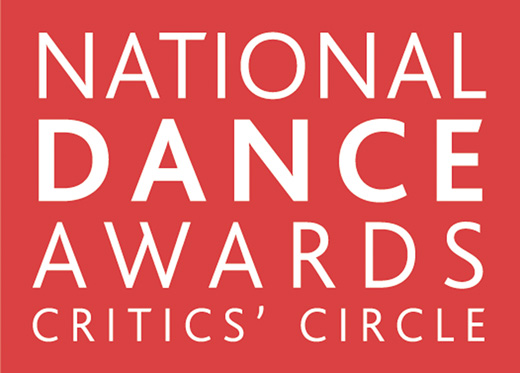 The Critics’ Circle National Dance Awards for 2013 took place at The Place’s Robin Howard Dance Theatre on 27 January 2014. A prestigious event for acknowledging dance talent, the awards recognise an array of talents throughout the previous year.
The Critics’ Circle National Dance Awards for 2013 took place at The Place’s Robin Howard Dance Theatre on 27 January 2014. A prestigious event for acknowledging dance talent, the awards recognise an array of talents throughout the previous year.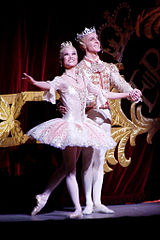 The Royal Ballet’s Principal dancer Steven McRae has been awarded Young Australian Achiever of the Year in the UK by the Australia Day Foundation. Marking Australia Day abroad has taken in a whole new meaning for him being named with this prestigious title, as he continues to aim inspire children to chase their dreams too.
The Royal Ballet’s Principal dancer Steven McRae has been awarded Young Australian Achiever of the Year in the UK by the Australia Day Foundation. Marking Australia Day abroad has taken in a whole new meaning for him being named with this prestigious title, as he continues to aim inspire children to chase their dreams too.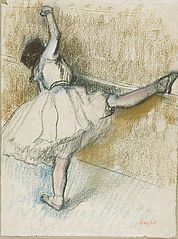
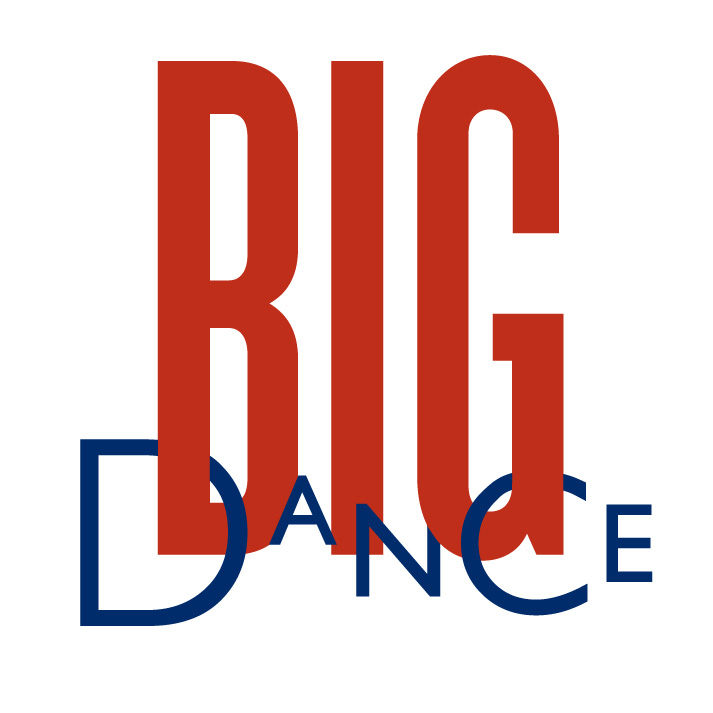 The Big Dance Pledge is back for 2014, a chance to learn, make and perform dance with the rest of the world as one. As a mark of the 5th anniversary of the Big Dance Pledge, this special 5th edition is created by Scottish Ballet with fun and celebration at its heart, as part of the Glasgow 2014 Cultural Programme of the Commonwealth Games. Lots of help is at hand; watch the ‘Pledge Family’ demonstrate, look through the Big Dance tutorial and inspiration films to begin planning your own Pledge!
The Big Dance Pledge is back for 2014, a chance to learn, make and perform dance with the rest of the world as one. As a mark of the 5th anniversary of the Big Dance Pledge, this special 5th edition is created by Scottish Ballet with fun and celebration at its heart, as part of the Glasgow 2014 Cultural Programme of the Commonwealth Games. Lots of help is at hand; watch the ‘Pledge Family’ demonstrate, look through the Big Dance tutorial and inspiration films to begin planning your own Pledge!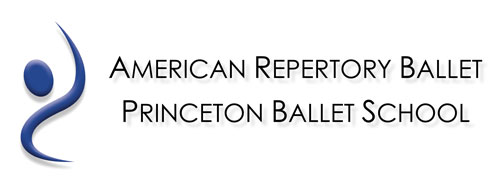 American Repertory Ballet will present its first ‘On Pointe Enrichment Series’ event on 7 February, specifically aimed at children from 2 years, and their families, entitled “Telling Stories Through Dance”. The American Repertory Ballet Trainees and members of American Repertory Ballet Workshop (ARBW), a performing group comprised of Princeton Ballet School’s advanced students, will perform Matthew Keefe’s Grumpy Bird and selected variations from Princeton Ballet School’s spring 2014 production of The Sleeping Beauty. All American Repertory Ballet’s On Pointe events are free and open to the public.
American Repertory Ballet will present its first ‘On Pointe Enrichment Series’ event on 7 February, specifically aimed at children from 2 years, and their families, entitled “Telling Stories Through Dance”. The American Repertory Ballet Trainees and members of American Repertory Ballet Workshop (ARBW), a performing group comprised of Princeton Ballet School’s advanced students, will perform Matthew Keefe’s Grumpy Bird and selected variations from Princeton Ballet School’s spring 2014 production of The Sleeping Beauty. All American Repertory Ballet’s On Pointe events are free and open to the public.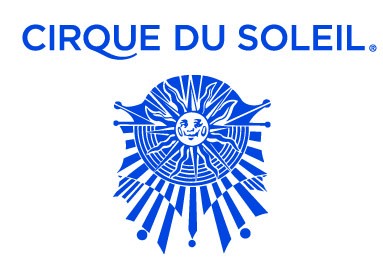 Cirque du Soleil, the renowned theatrical company famous for its incredible show performances, has announced it has formed Cirque du Soleil Theatrical, a New York-based division that will focus on developing new shows for Broadway, the West End and touring.
Cirque du Soleil, the renowned theatrical company famous for its incredible show performances, has announced it has formed Cirque du Soleil Theatrical, a New York-based division that will focus on developing new shows for Broadway, the West End and touring.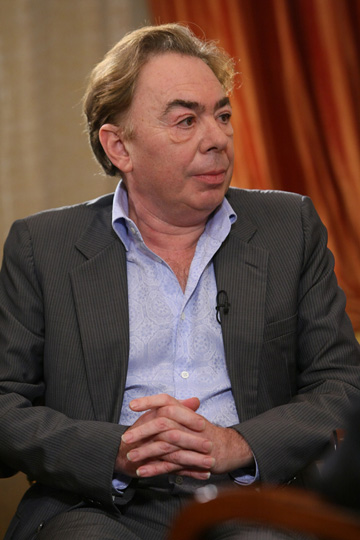 Andrew Lloyd Webber’s charitable foundation has announced six grants which will support apprenticeships within professional arts organisations. The grants total more than £150,000, meaning young people will be able to gain better access to the arts, and gain a better chance of success with funds behind them as part of organisations.
Andrew Lloyd Webber’s charitable foundation has announced six grants which will support apprenticeships within professional arts organisations. The grants total more than £150,000, meaning young people will be able to gain better access to the arts, and gain a better chance of success with funds behind them as part of organisations.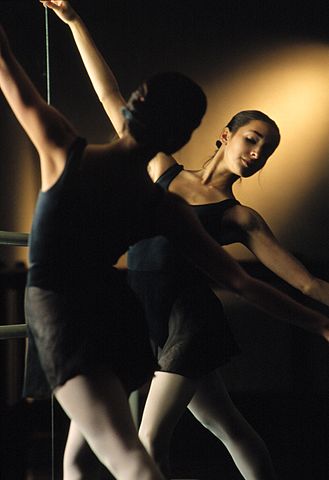 Dancer turned choreographer Carlos Acosta has warned that ballerinas are causing a crisis in the dance world because too few are making the leap to a career as top-level professional dancers. This sweeping statement seems rather unsupported, with Acosta claiming there are no female dancers of a sufficient stature for him to perform opposite, with girls becoming ‘non-existent’.
Dancer turned choreographer Carlos Acosta has warned that ballerinas are causing a crisis in the dance world because too few are making the leap to a career as top-level professional dancers. This sweeping statement seems rather unsupported, with Acosta claiming there are no female dancers of a sufficient stature for him to perform opposite, with girls becoming ‘non-existent’.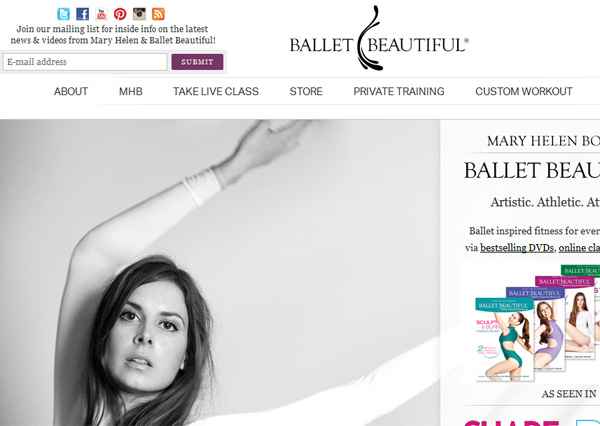 Mary Helen Bowers is the ballerina behind
Mary Helen Bowers is the ballerina behind